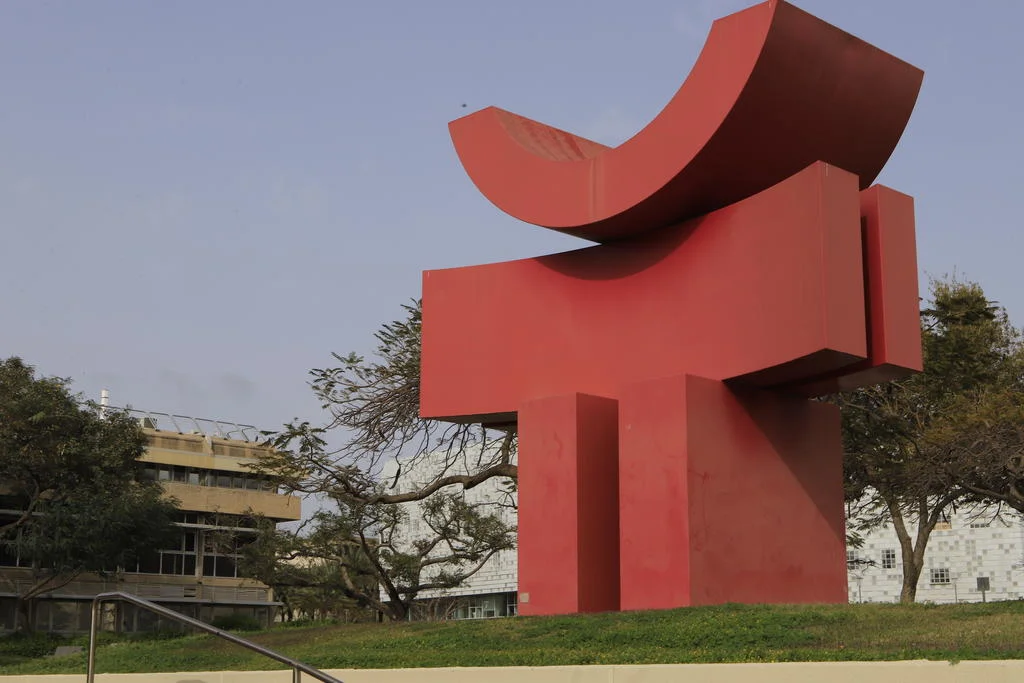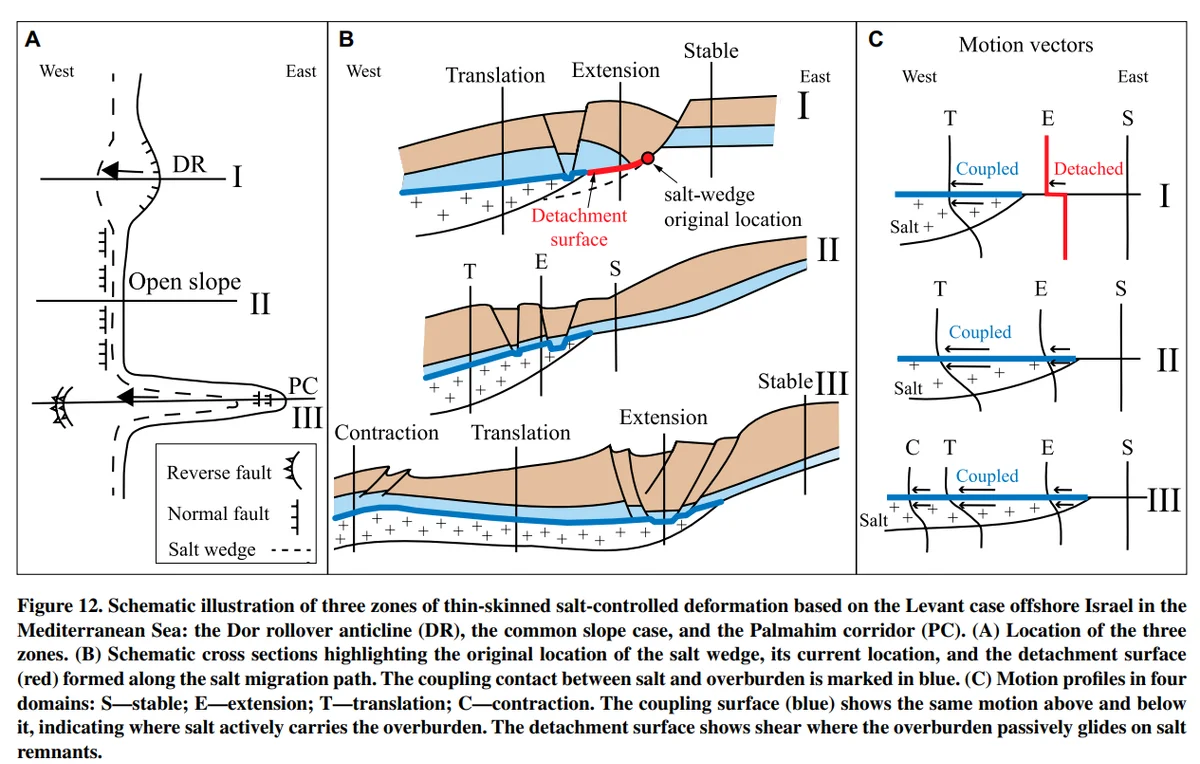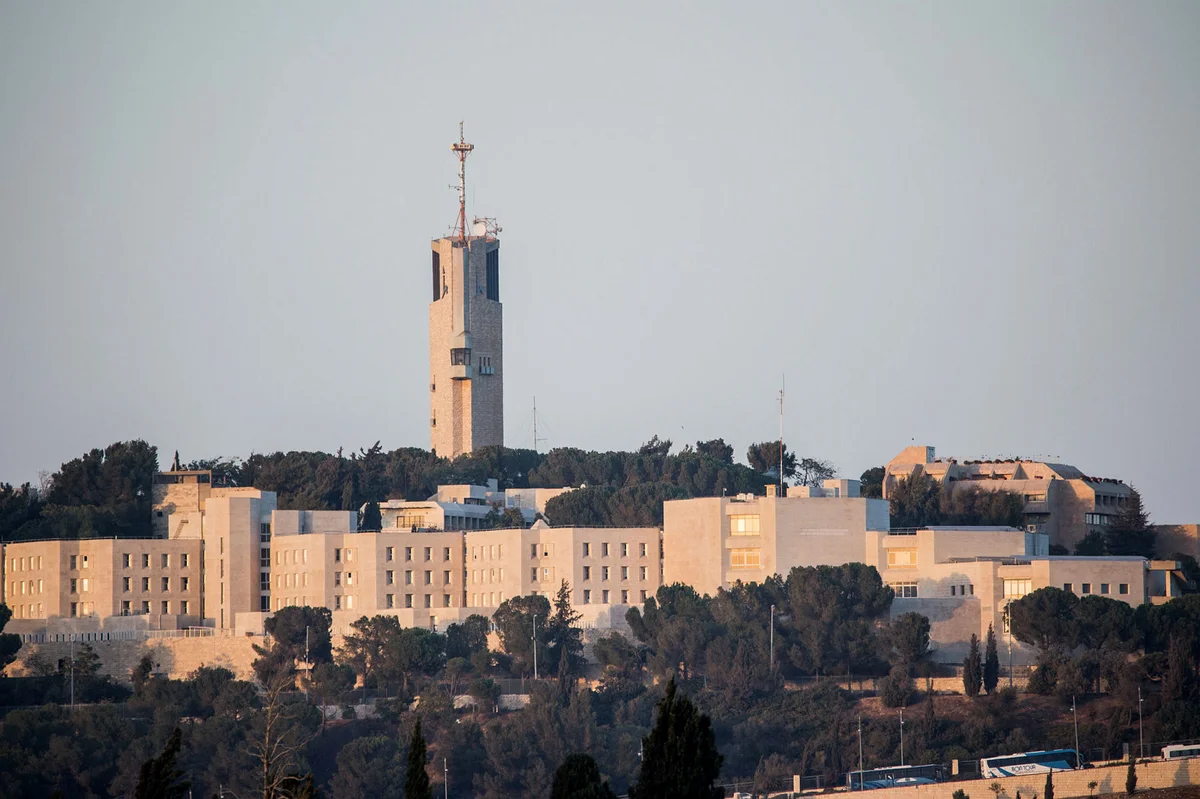Jerusalem, 13 August, 2025 (TPS-IL) — Repeated exposure to an image—whether real or AI-generated—can make people more likely to believe it is authentic, a new international study released on Wednesday has found. The research shows that simply seeing an image multiple times, even if it is entirely fabricated, increases its perceived credibility. This highlights a novel psychological mechanism by which misinformation can spread through social media and other digital platforms.
“The study is based on a well-known psychological phenomenon called the ‘mere exposure effect,’” said research leader Guy Grinfield, who is completing his doctorate at the School of Psychological Sciences at Tel Aviv University’s Gershon H. Gordon Faculty of Social Sciences. “The mere exposure effect is a well-established phenomenon in which people tend to develop a preference for things simply because they are familiar with them. In other words, repeated exposure to a stimulus makes people more likely to perceive it positively or consider it true, even if they have no other evidence.”
“We sought to examine whether this effect also applies in the visual domain—specifically with images created using artificial intelligence algorithms. This is the first study to demonstrate the mere exposure effect for images; until now, it had only been demonstrated for text.”
The study, published in the peer-reviewed *Journal of Experimental Psychology: Learning, Memory, and Cognition*, is the first to demonstrate the so-called mere exposure effect in the visual domain, particularly for AI-generated content. Until now, this effect—where repeated exposure increases perceived truth—had only been confirmed for text.
“The findings raise concerns about the spread of false visual information on social media and its influence on public perception. As we like to summarize it, if until now the proverb went, ‘A lie told often enough becomes the truth,’ our study shows that ‘An image seen often enough becomes reality,’” Grinfield explained.
In the experiment, participants were shown a mix of real photographs and AI-generated images. Later, they were shown the same images alongside new ones and asked to judge whether each depicted a real person, place, or event. Previously viewed images were consistently rated as more credible, regardless of authenticity.
Surprisingly, the repetition effect was strongest among participants who typically exhibited skepticism toward visual media, suggesting that even cautious observers rely on repetition as a cue for truth.
“In the era of social networks and digital media, we are constantly and involuntarily exposed to visual information,” Grinfield said. “Whereas in the past it was easy to lie with words, today AI tools make it just as easy to ‘lie’ with images. Our study reveals a troubling mechanism: people attribute higher credibility to visual information that is repeated, regardless of its veracity. Repeated exposure to false information can make it seem credible simply through repetition.”
He added, “The findings raise profound questions about how we process information, especially in an age of visual overload in social and news media. They also highlight the central challenge of our time: preserving truth and critical thinking in a world of dynamic, easily manipulated, and hard-to-discern visual content.”
The findings suggest that social media platforms like Facebook, Instagram, X, and TikTok could use the study to better detect and flag repeated sharing of suspicious or AI-generated images. The study could also help news outlets be more cautious about amplifying unverified but widely circulated images.
The research team also included scholars from Germany, Belgium, and Spain.





























